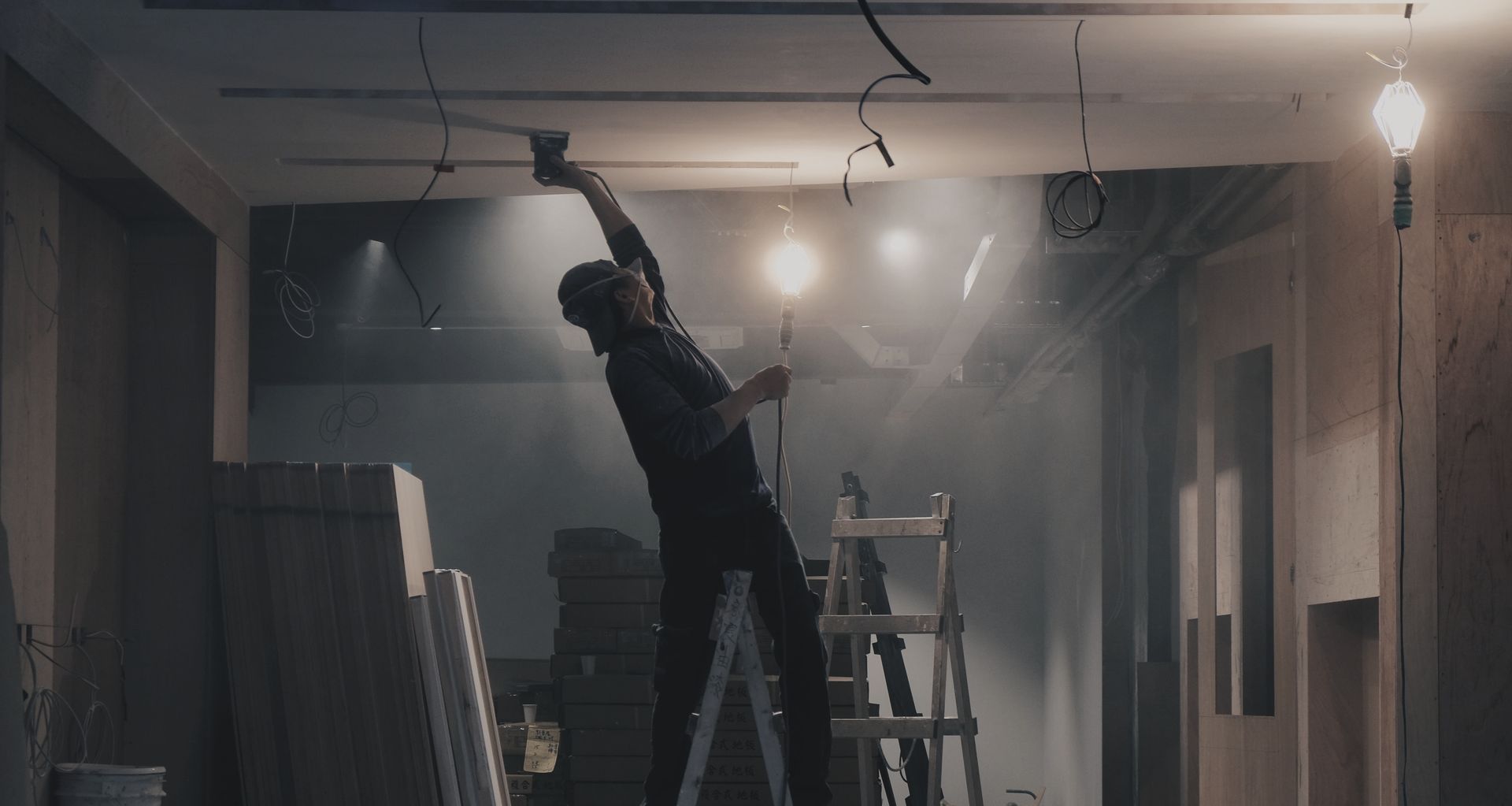The state of the plasterboard crisis — so far

Plasterboard is one of the most integral materials used in construction of any kind of building. Its functionality as a lining for ceilings and walls makes it an omnipresent aspect of every interior, and it can serve several other purposes — some types are fire-resistant, some are soundproof, some are moisture- and mould-resistant.
And since 2020, the dwindling supply of this material has been a significant headache for almost everyone involved in the construction industry — from builders to homeowners.
Multiple factors have contributed to the crisis, but two stand out above the others in terms of significance. Firstly: the skyrocketing demand, evidenced in the number of buildings being consented — in the year ended March 2022, 50,858 new homes were consented, a 24 per cent increase year-on-year. And secondly: the plasterboard production system in Aotearoa, which is overwhelmingly dominated by Winstone Wallboards — a subsidiary of Fletcher Building — and has a whopping 95 per cent of market share with its Gib-branded product.
The origins of the crisis
The first seeds of the issue were planted in 2019: over the Christmas period of that year, Winstone closed two of its factories for maintenance, in the hopes that they would open again early-to-mid 2020. But in late March, New Zealand entered COVID-19 alert level 4 lockdown, and, perhaps erroneously, Winstone was not considered an ‘essential service’ — so the factories did not reopen when they were supposed to, and stockpiles subsequently plummeted.
Since then, it’s been downhill for plasterboard supply — and the situation reached a breaking point in June. Some of the country’s largest commercial building companies were forced to import the material from offshore manufacturers in Australia and Thailand, and property developer Simplicity Living — which is planning to build 10,000 homes over the next decade — cancelled all its orders for Gib board and blasted Fletcher Building’s role in “making the cost of building crisis worse”.
One of the companies that turned to Thai plasterboard providers was Lewis Build, a small Auckland-based construction company that focuses on custom home building and renovations. Ben Lewis, the company’s director, says he gave Elephant Plasterboard a call in February this year. It eventually turned out that Lewis Build didn’t need to buy the alternative plasterboard — but the fact that Ben picked up the phone to potentially order an alternative product after years of using Gib, is a testament to the growth of the crisis.
“In January I placed some orders for Gib, and it’s only now shown up six months later,” says Ben. “Thankfully, we’re very prepared so we haven’t actually needed the plasterboard sheets until this point — but I can imagine if you were a smaller company doing lots of regular, small renovations, it would be a nightmare.”
A government intervention
These developments, among many others, led to the Government stepping in: on 21 June, the Minister for Building and Construction, Megan Woods, announced a taskforce of industry experts “to look at what more can be done to ease plasterboard shortages, including the potential for legislative or regulatory change.”
The statement from the Minister also revealed that she had written to Fletcher Building to seek confirmation that they will work with the sector and not take action with regard to their trademark protections, to further free up supply.
This action from the Government followed several calls from prominent voices in the industry, including representatives from Simplicity and the New Zealand Shareholders' Association (NZSA), for Fletcher Building's chairperson Bruce Hassall to resign.
So what’s happened in the month since?
There are signs that the crisis is easing. On 27 July, the Government announced four alternative products to the monopolous Gib board could now be used, and that there are 100 containers of product — enough for about 440 houses — en route to New Zealand and due to arrive ‘in the next few weeks’.
“Four alternative plasterboard products to GIB - which has been in short supply - are able to be used to meet the requirements of the New Zealand Building Code for bracing qualities, including Elephant Board, USG Boral, ProRoc and SaveBOARD,” Minister Woods said in a statement.
“There are also now 12 importers of plasterboard – four of them new – and about 100 containers holding approximately 220,000sqm of plasterboard.” Woods noted, however, that it will take ‘a couple more months’ before more product is widely available through merchants.
The statement also mentioned the recent decision of Kāinga Ora to use an alternative imported plasterboard in its retrofit programme — which sees about 400 houses worth of retrofits annually — which will leave more product in the market for other stakeholders.
For Ben Lewis, the widening of options and alternatives is a welcome development in the saga of New Zealand’s plasterboard crisis.
“I’m absolutely all for bringing in alternative products,” says Ben. “It means that the group housing projects, which have really high volume, can make use of that while companies like ours, who focus on renovations and high-end new builds, can use Gib.
“The bottom line is companies like us, and especially smaller construction companies and builders in the country, need access to these standard products so we can keep up with demand. Because the way it’s been this year, it’s not fair on the smaller guys.”
